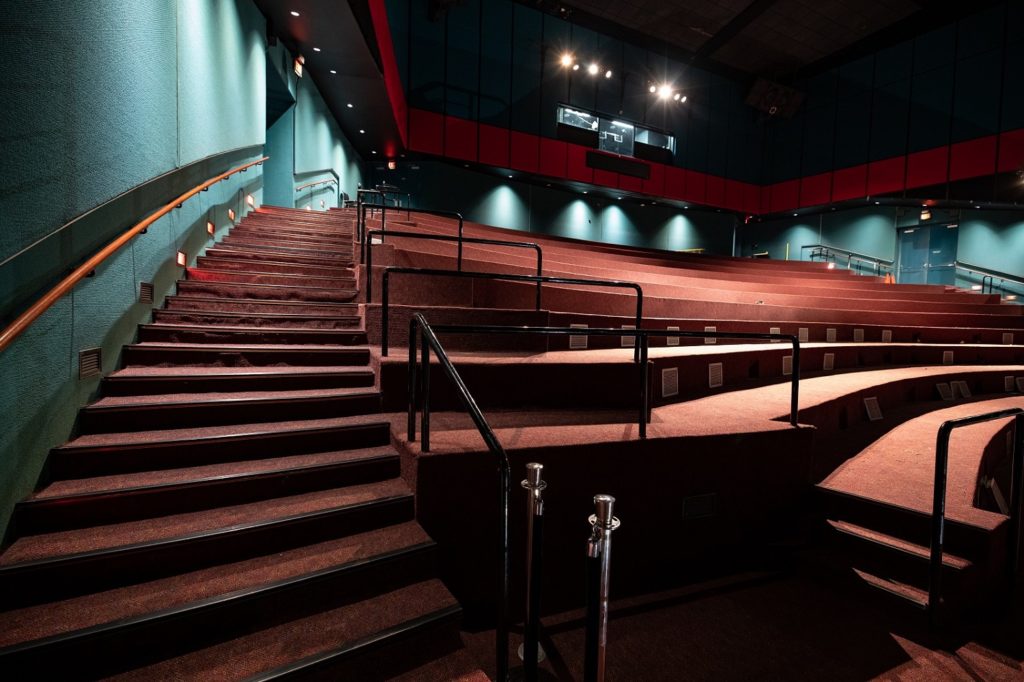
Everything seems to happen on the nines here at HMNS. The Houston Scientific Society was founded in 1909. Our exhibits moved to the zoo at Hermann Park in 1929, becoming the Houston Museum of Natural History. In 1959 we snagged the land where we are sitting now and we became the Houston Museum of Natural Science. A decade later a new museum wing opened, and we were off and running.
The city was abuzz in September 1989 with the opening of the Wortham IMAX Theatre, the first of its kind in the city. A step into the future for the film industry, this new giant screen at the museum would bring science to life on a massive scale and attract record crowds. The museum would make its own films, bankrolling productions to bring stories to the (very) big screen.
For Charlotte Brohi, HMNS VP of film programming and distribution, it’s hard to state just how revolutionary IMAX was for the museum at the time.
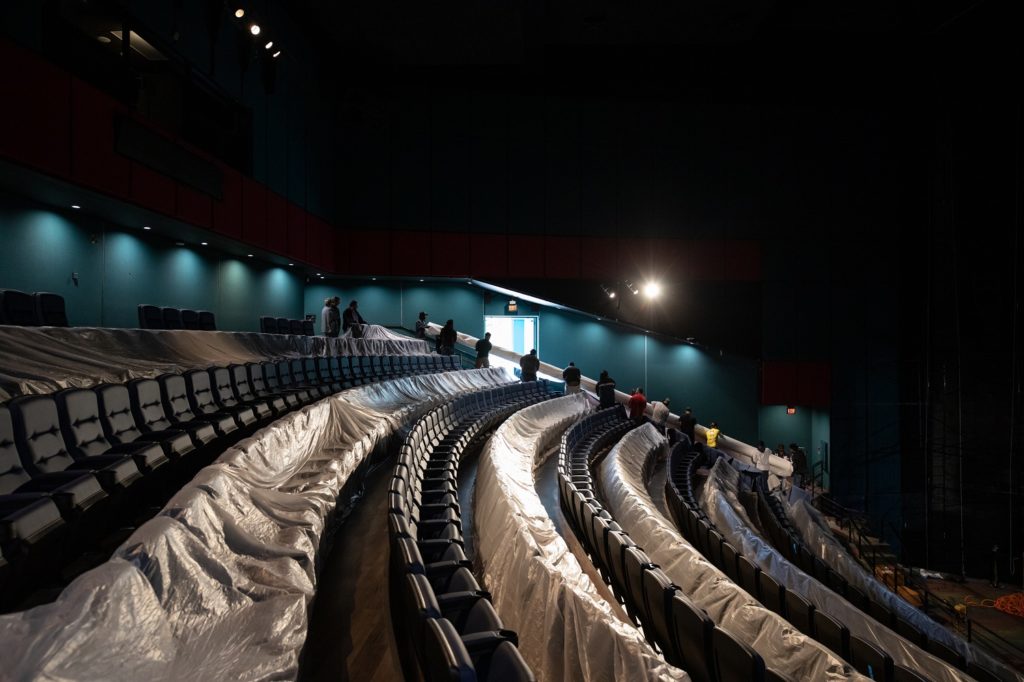
“The technology was so unique that an entire industry was born, that of IMAX theatres in museums all around the world,” Brohi says.
Early audiences found themselves immersed in amazing new worlds but there was still a learning curve.
“The experience was so new and overpowering that we used to warn patrons that if they became overwhelmed to either simply close your eyes for a moment or exit at the top of the stairs if they felt ill,” Brohi says.
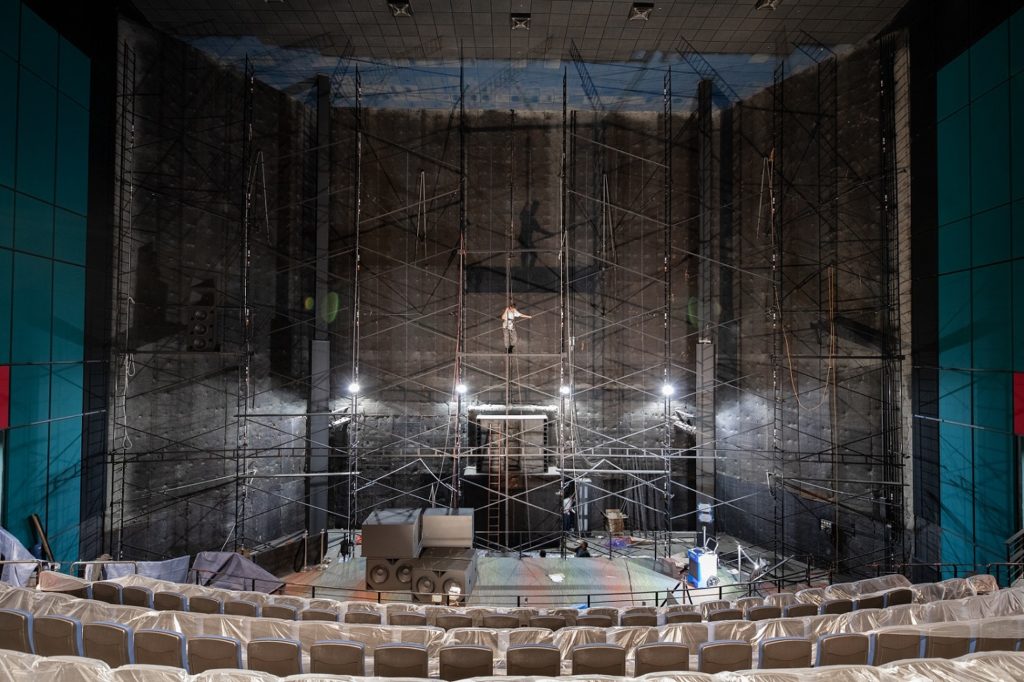
These days the concept of a huge screen is commonplace. Brohi says that cinephiles have largely forgotten that it was educational institutions like HMNS and others across the map that gave the public the first taste of what IMAX technology could offer.
“The unique 4:3 ratio of the image is why you feel as if you are in the movie. It was popular because it was so immersive,” Brohi says.
Africa: The Serengeti—an instant that premiered at the International Space Theatre Conference in 1993—is still showing around the world over 25 years later. The museum’s second film Alaska: Spirit of the Wild was released in 1997 and later nominated for an Academy Award.
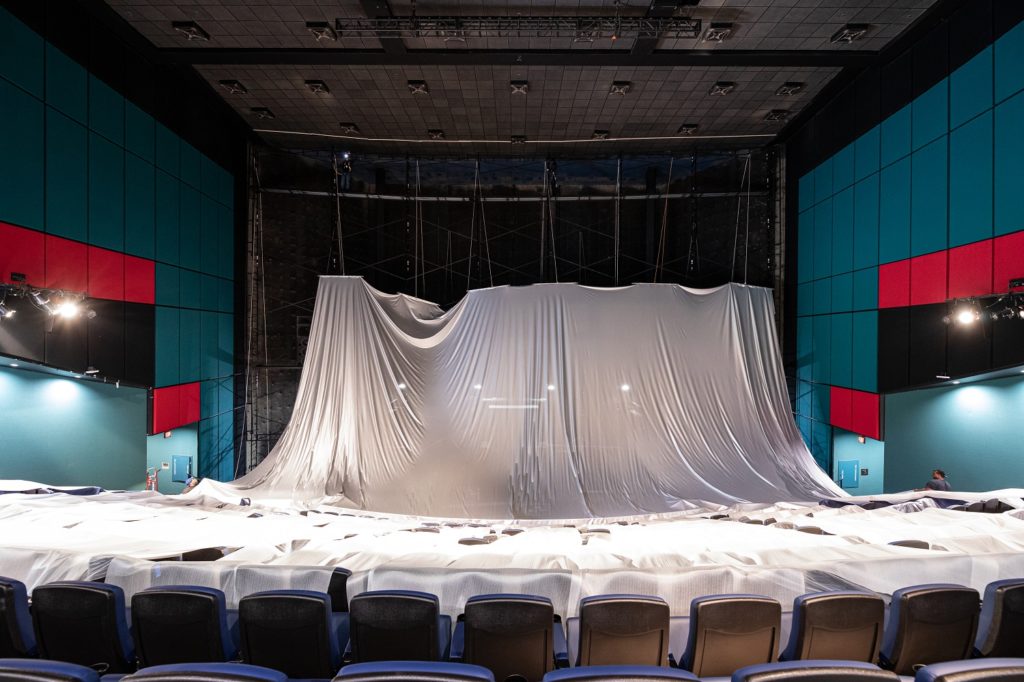
Now over 86,000 screenings and 12 million patrons later, it’s time for some more upgrades. The theatre introduced 3D movies in 1997 and converted to digital in 2012.
Big changes will be officially revealed to the public Friday, November 8, including new flooring, automated lighting, enhanced staging, an installation of the latest laser projection technology and replacing that circa-1989 sound system. Rocking seats with cup holders will also welcome viewers to witness an all-new era of presentations and 3D films to HMNS.
“We are excited about the opportunities for the next 30 years. Children will always be fascinated by those immersive images that inspire them to reach out and touch,” Brohi adds.
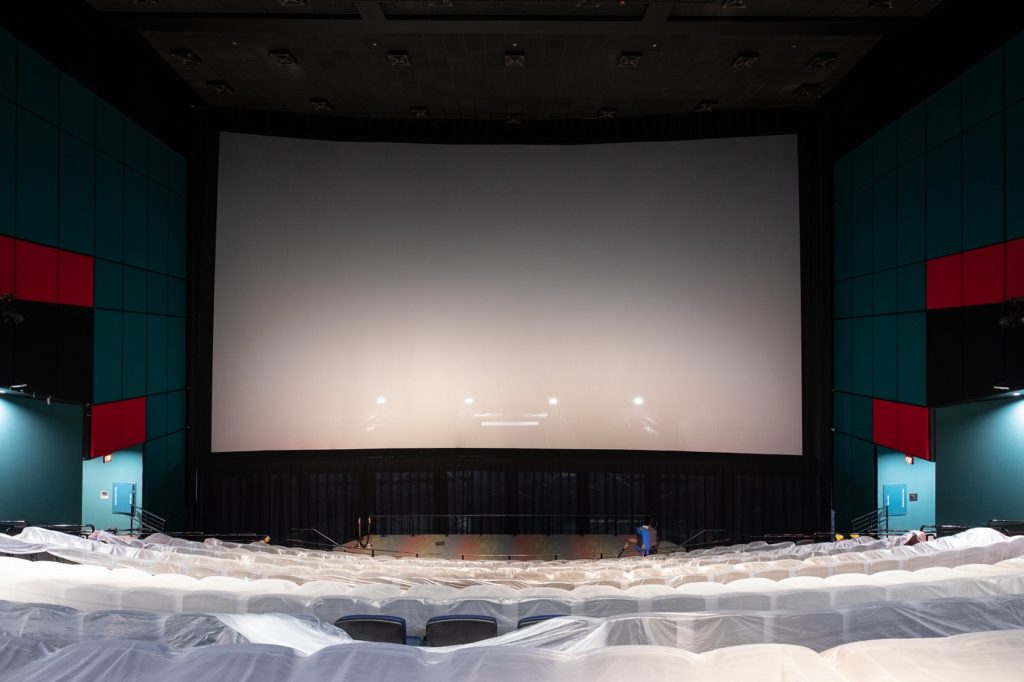
For more information and future listings of the upcoming showings at the newly renovated Giant Screen Theatre, check the HMNS website and plan your next visit!
Need more Giant Screen Theatre? Watch the video below of Craig Hlavaty’s interview with VP of Film Program and Distribution as they walk through renovations.

